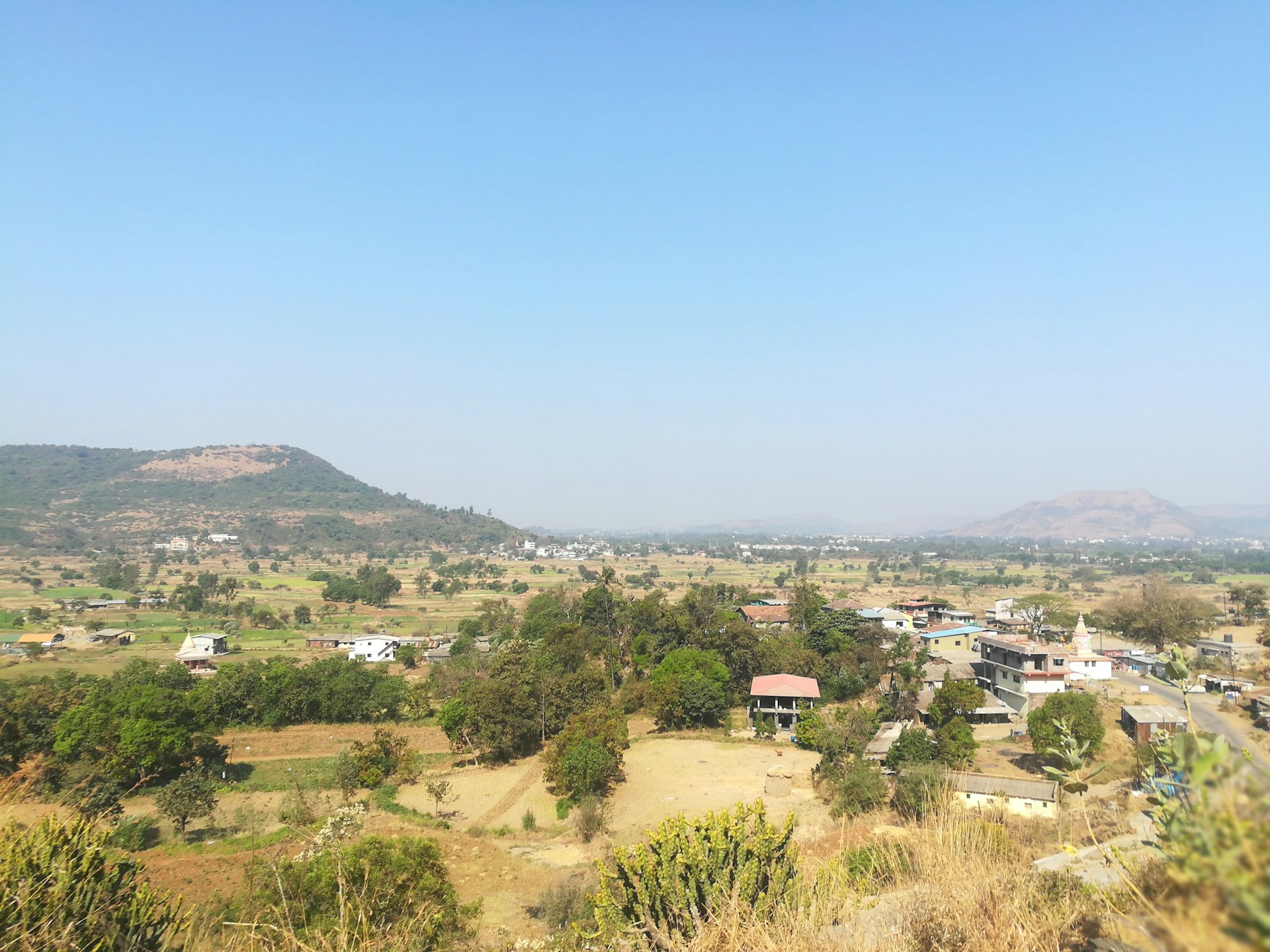
How do Peak District trails cater to differently-abled hikers?
The Peak District, with its rugged moorlands, rolling hills, and countless trails, has been a popular destination for hiking enthusiasts across the globe. But in recent years, the park's administrators have taken a remarkable initiative to make these trails more accessible to differently-abled hikers. The steps taken to enhance accessibility and inclusivity not only make navigating the terrain easier for those with mobility challenges but also offer numerous benefits to all hikers.
Trail Features that Enhance Accessibility
The first aspect that you will notice about the Peak District's trails is the careful planning that goes into making them accessible. All too often, the idea of exploring nature seems inaccessible to those with mobility difficulties. However, the Peak District has taken significant strides to challenge this perspective.
Also read : Which historic English pubs offer live folk music performances?
In the Peak District, a number of trails have been designed or modified specifically for people who use wheelchairs or have other mobility impairments. These trails often have smoother surfaces and less steep gradients. They also feature rest stops with seating at regular intervals, so hikers can relax and take in the stunning views without overexerting themselves.
Moreover, strategically placed signage assists in navigating the trails. These signs are not only clearly visible but also written in large print format with braille translation, allowing visually impaired hikers to read them independently.
Also to see : How can visitors to the Isle of Skye participate in sustainable marine life tours?
Accessible Routes in the Peak District
Exploring the Peak District's diverse terrain could be an intimidating prospect for some, but thanks to the park's accessibility efforts, there are several routes that cater to all abilities.
One of the most accessible routes is the Monsal Trail. This trail follows a former railway line for 8.5 miles, making it largely flat and easy to navigate. The trail also features several converted railway tunnels, making it an exciting path for those looking for a unique hiking experience.
The Tissington and High Peak Trails are other routes that offer easy access. Both trails were former railway lines and are relatively flat, making them ideal for wheelchair users. The Tissington Trail, in particular, offers beautiful views of the Derbyshire Dales, making it a popular choice among hikers.
The Role of the Buxton Accessible Car Park
The Buxton Accessible Car Park plays a crucial role in making the Peak District trails more accessible. Located near the park entrance, the car park is designed to accommodate vehicles of all sizes, including those adapted for wheelchair users.
The car park also features drop-off zones, which are beneficial for those who may require assistance to reach the trailheads. In addition, it is equipped with accessible restrooms and picnic areas, making it a welcoming space for everyone before they embark on their hiking journey.
Accessible Hiking Equipment
While the Peak District's trails and facilities cater to differently-abled hikers, the park also provides various types of accessible hiking equipment. This equipment is designed to make the hiking experience more comfortable and enjoyable for everyone.
For instance, some trails in the park offer all-terrain wheelchairs that can be rented or borrowed. These chairs are more robust than traditional wheelchairs, making it easier to navigate uneven terrain.
Walking aids like trekking poles are also available at the park. These aids can provide additional stability and support on uneven paths, particularly for those with balance issues or lower body weakness.
The Future of Accessible Hiking in the Peak District
The Peak District is continuously working towards improving accessibility across its trails. Future plans involve the further development of walking paths and the implementation of more facilities that cater to differently-abled hikers.
One such initiative is the creation of more accessible trail maps. These maps will not only be easy to read but also feature detailed information regarding the gradient and surface of each trail, allowing hikers to choose a route that best suits their abilities.
The park is also investing in more accessible hiking equipment and working on staff training, ensuring that all visitors feel welcomed and supported during their hiking adventures.
In the end, the Peak District's commitment to accessibility sends a clear message: the beauty of nature should be available to everyone, regardless of their abilities.
Accessibility Events in the Peak District
The Peak District, in its quest to promote inclusivity in outdoor recreation, organizes numerous accessibility events. These events serve not only as a means of enjoyable leisure but also a platform to raise awareness about the importance of accessibility in outdoor spaces.
In recent years, the Hadrian Wall Path Half Marathon has gained immense popularity. This event caters to both differently-abled and able-bodied participants. The organizers ensure that the route is accessible for all, allowing everyone to experience the thrill of a marathon. The event embraces the entire spectrum of abilities, making it a truly inclusive experience.
Another noteworthy event is the Big Hike. Similar to the half marathon, it welcomes hikers of all abilities. This hiking event, covering the scenic Monsal Trail, allows participants to take in the breathtaking views of the Peak District at their own pace.
The park also provides detailed view details of these events in advance, including the route gradient and the availability of facilities such as rest stops and accessible restrooms. This helps participants plan their participation effectively.
Dog-Friendly Trails
Aiming to make the park experience complete for all visitors, the Peak District has invested in making several of its trails dog-friendly. After all, for many hikers, their canine companions are an essential part of the experience.
Many of the accessible trails in the park, including the West Highland and Kinder Scout, allow dogs. Not only are these routes manageable for those with mobility issues, but they also offer plenty of open space and interesting terrain for dogs to explore.
Moreover, specific features have been incorporated to ensure the safety and comfort of dogs. These include stepping stones at stream crossings and strategically placed dog waste bins. The park also provides detailed information about each dog-friendly trail, allowing dog owners to select the most suitable route.
Conclusion: A Commitment to Accessibility
The Peak District's approach to hiking accessibility is a shining example for other national parks and outdoor spaces to follow. From the accessible trails and equipment to the thoughtful planning of the Buxton Accessible Car Park, the park has shown a clear commitment to inclusivity.
The park's ongoing work, including plans for more detailed accessible trail maps and continued investment in accessible hiking equipment, indicates a promising future. The park's vision extends beyond merely ensuring physical accessibility to the trails. It includes creating a supportive and welcoming environment for all visitors.
The Peak District's efforts show that the outdoors is a space for everyone to enjoy. After all, nature does not discriminate. So, whether you're preparing for a full marathon, enjoying a quiet walk along the River Wye, or taking in the views from the top of Mam Tor, remember, the Peak District’s trails are there for everyone to experience and enjoy. The beauty of the National Park truly is accessible to all.
